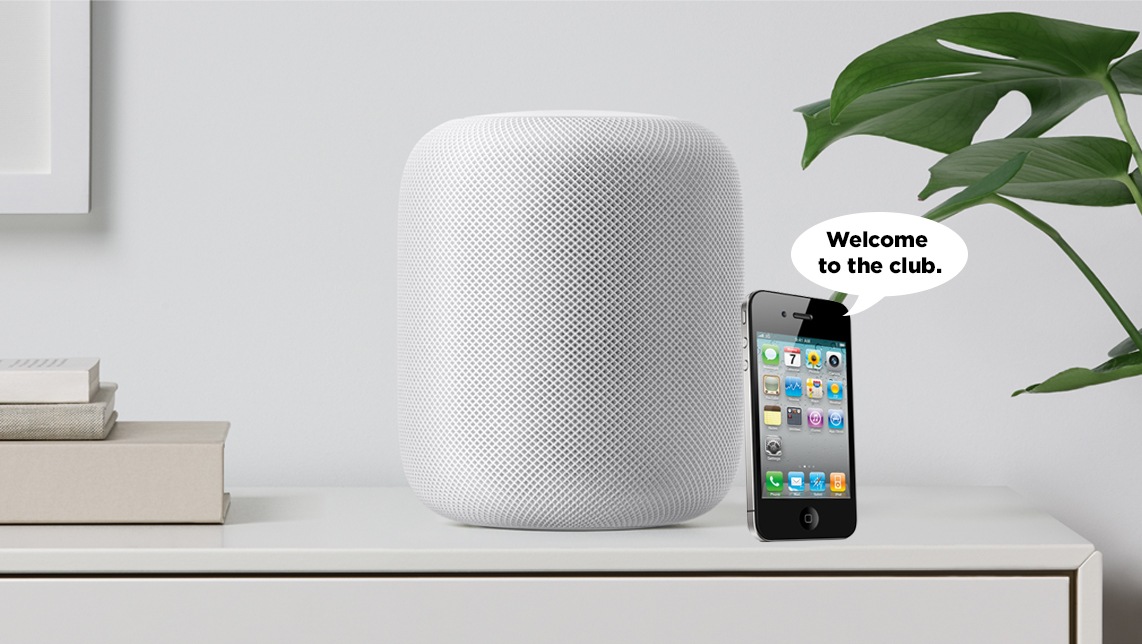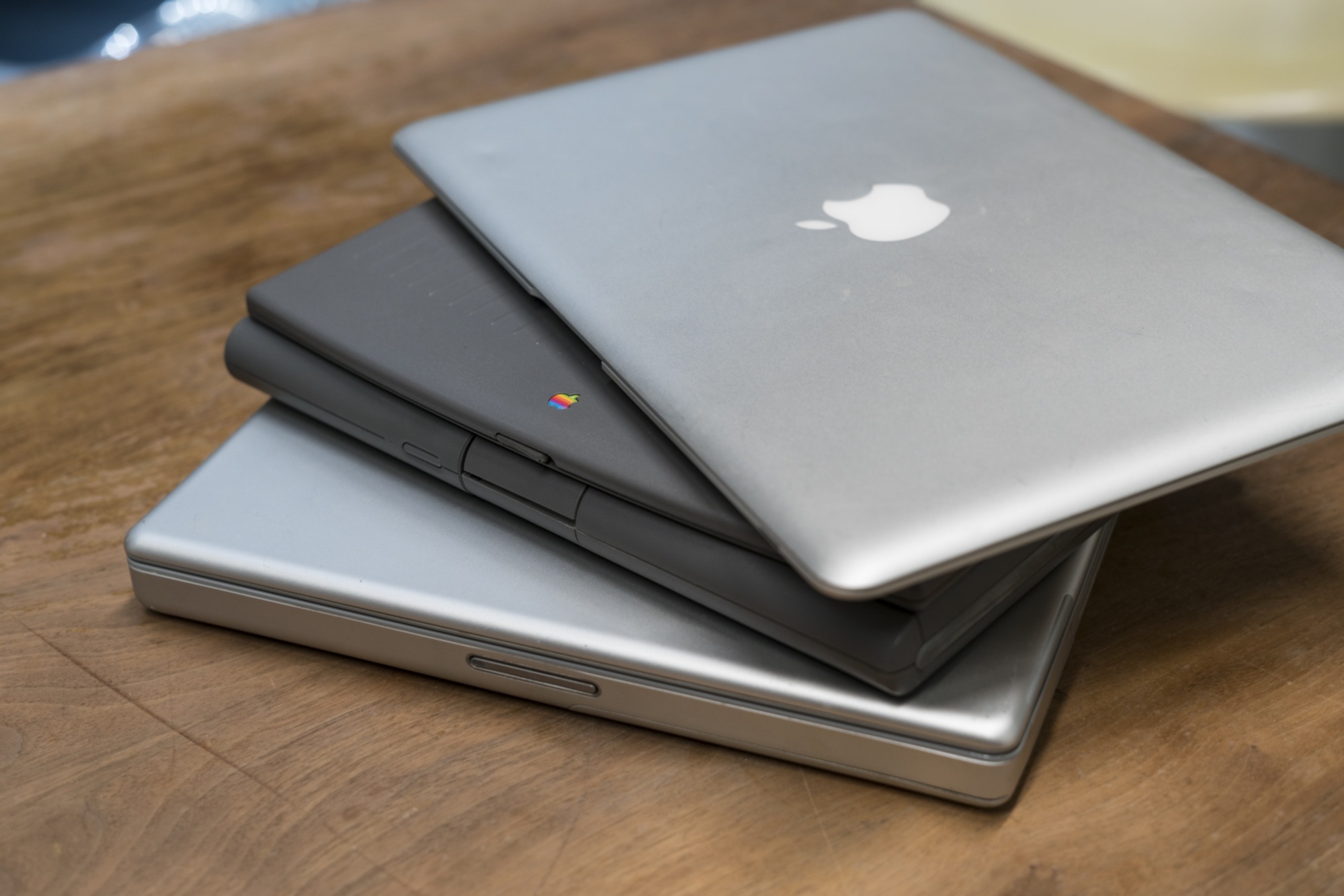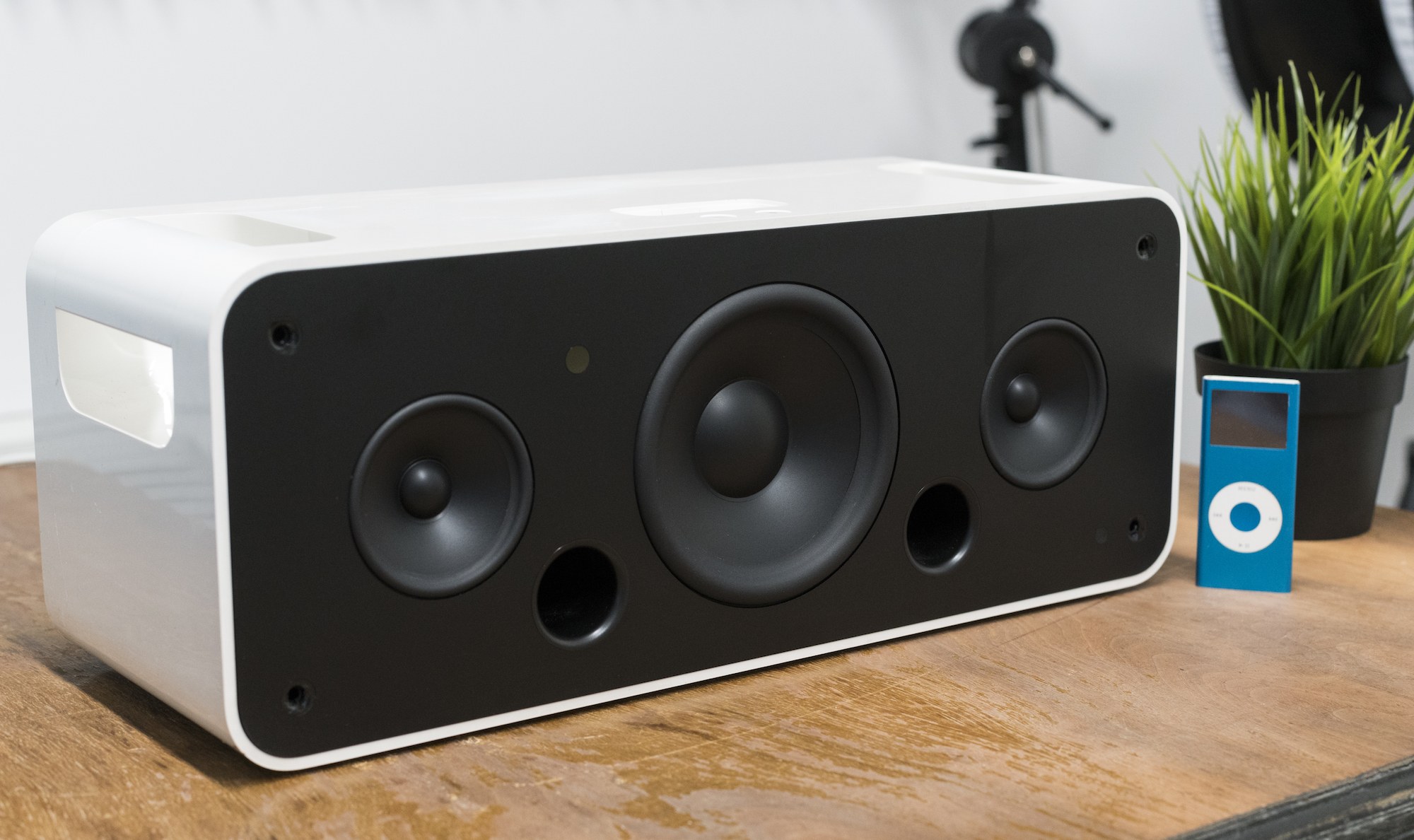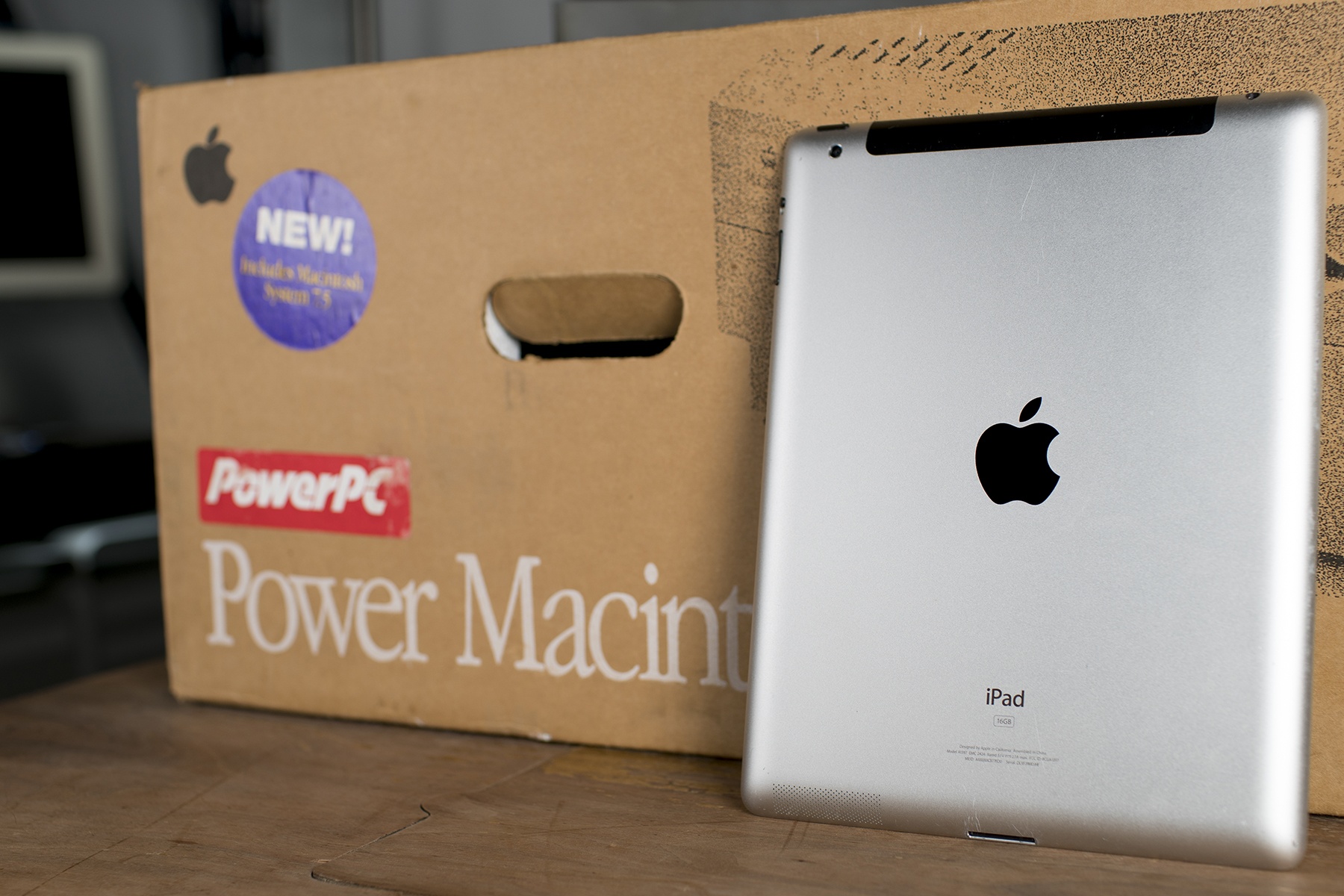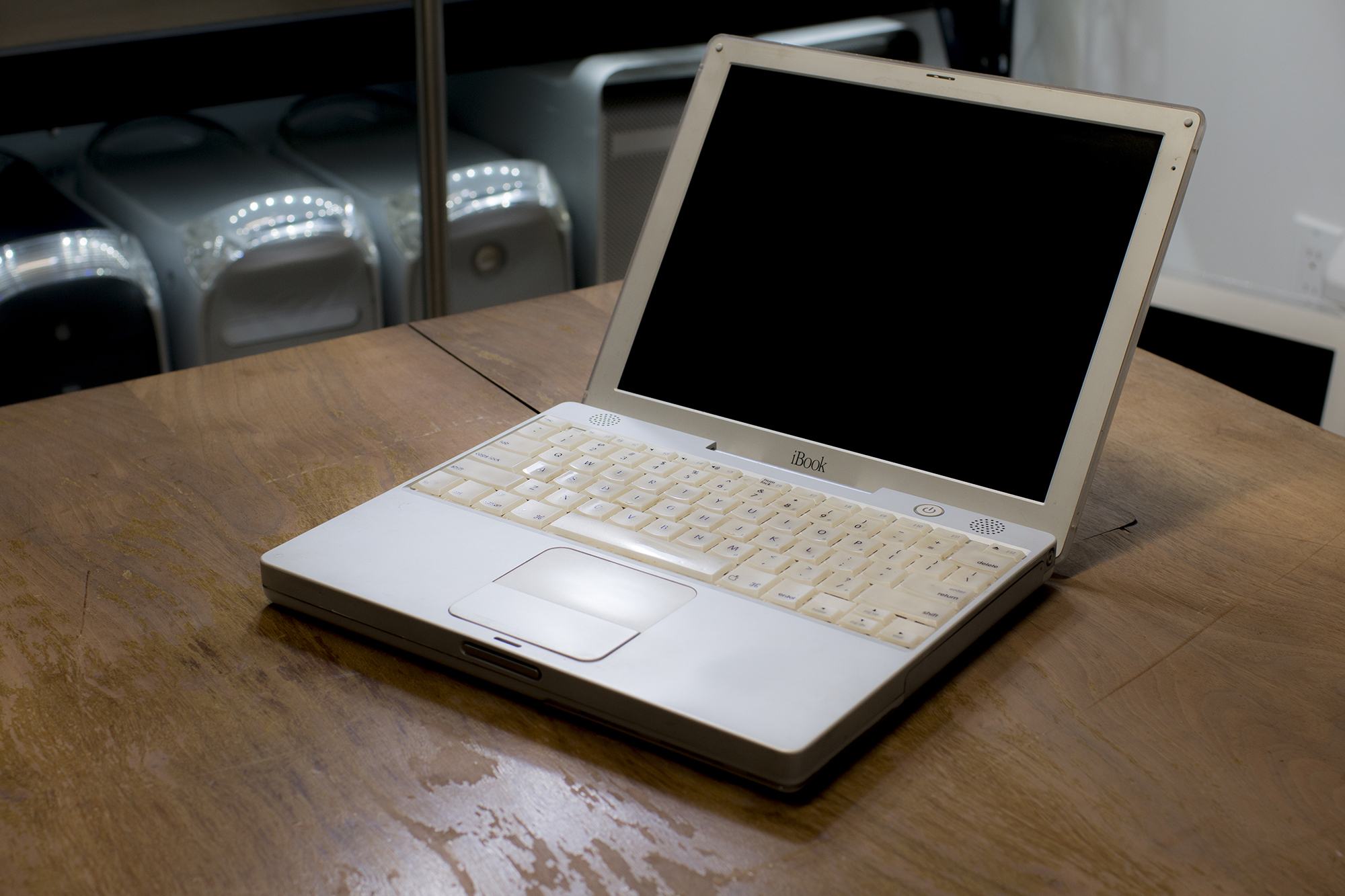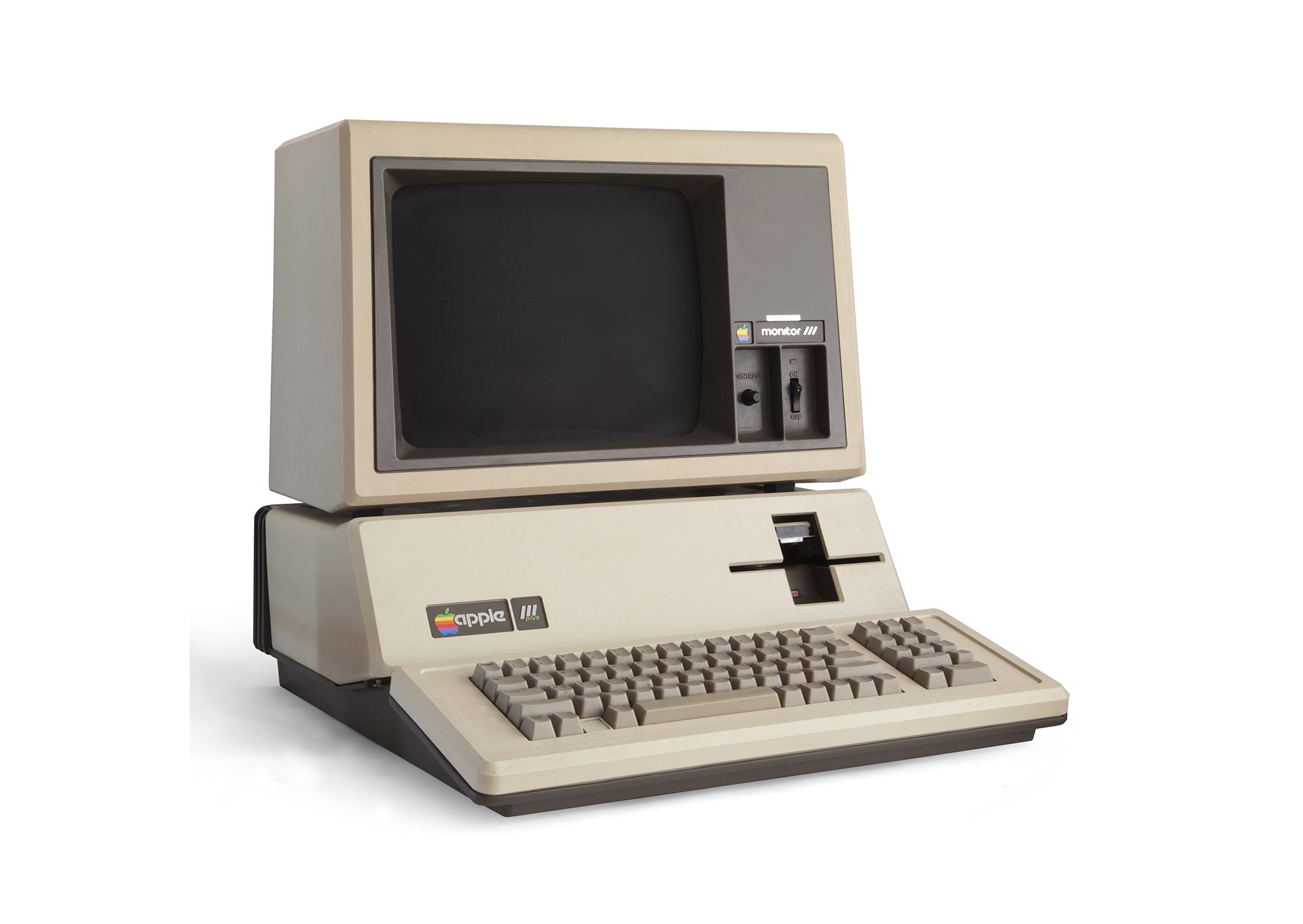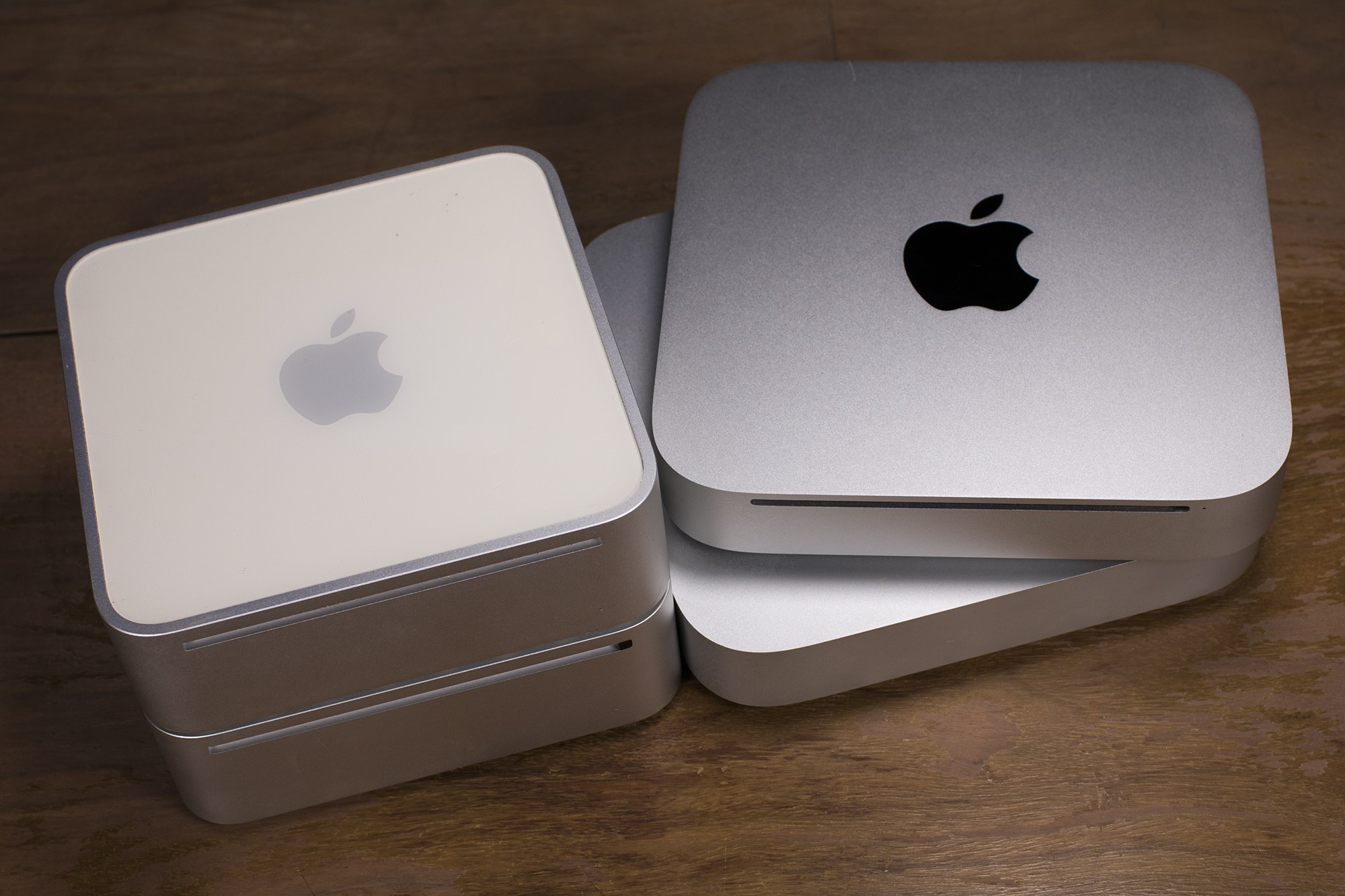The HomePod firmware that was accidentally posted last month by an Apple employee has led to a wealth of knowledge about Apple’s upcoming iPhone.
Most leaks in recent years have come from Apple’s expansive supply chain. A rear shell here and a camera component there slowly fill in the details about unreleased hardware. It’s a slow process normally, but one the rumor cycle has become accustomed to over the years.
The HomePod is obviously different. While the accidental leak contained just software, inside its depths were details about all sorts of unannounced features. Developers even found icons depicting the next-generation iPhone.
Whoops.
This isn’t the first time that Apple has leaked from the top about an upcoming iPhone.


